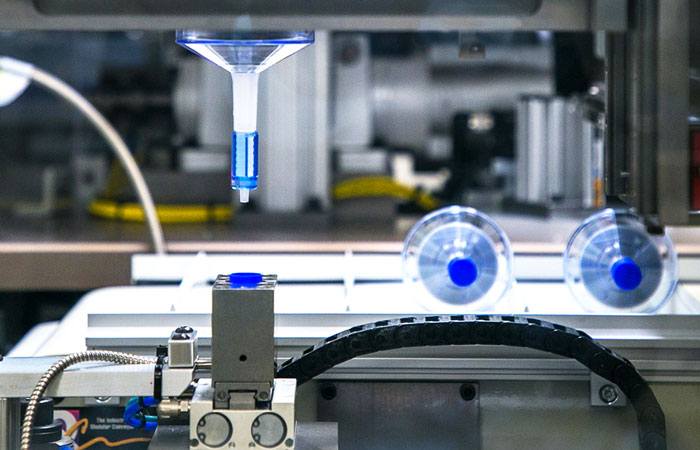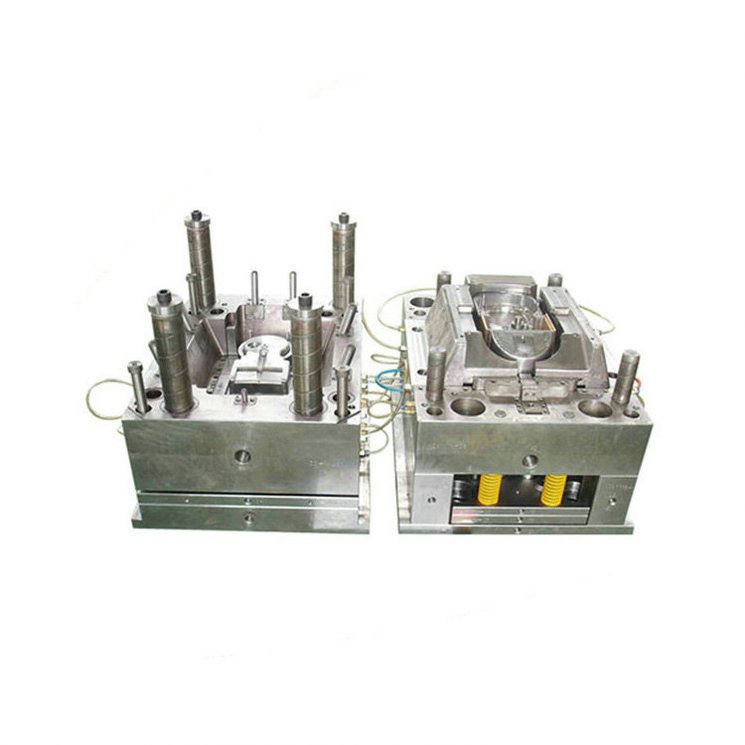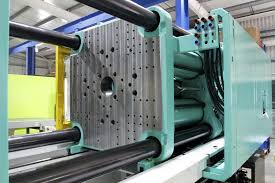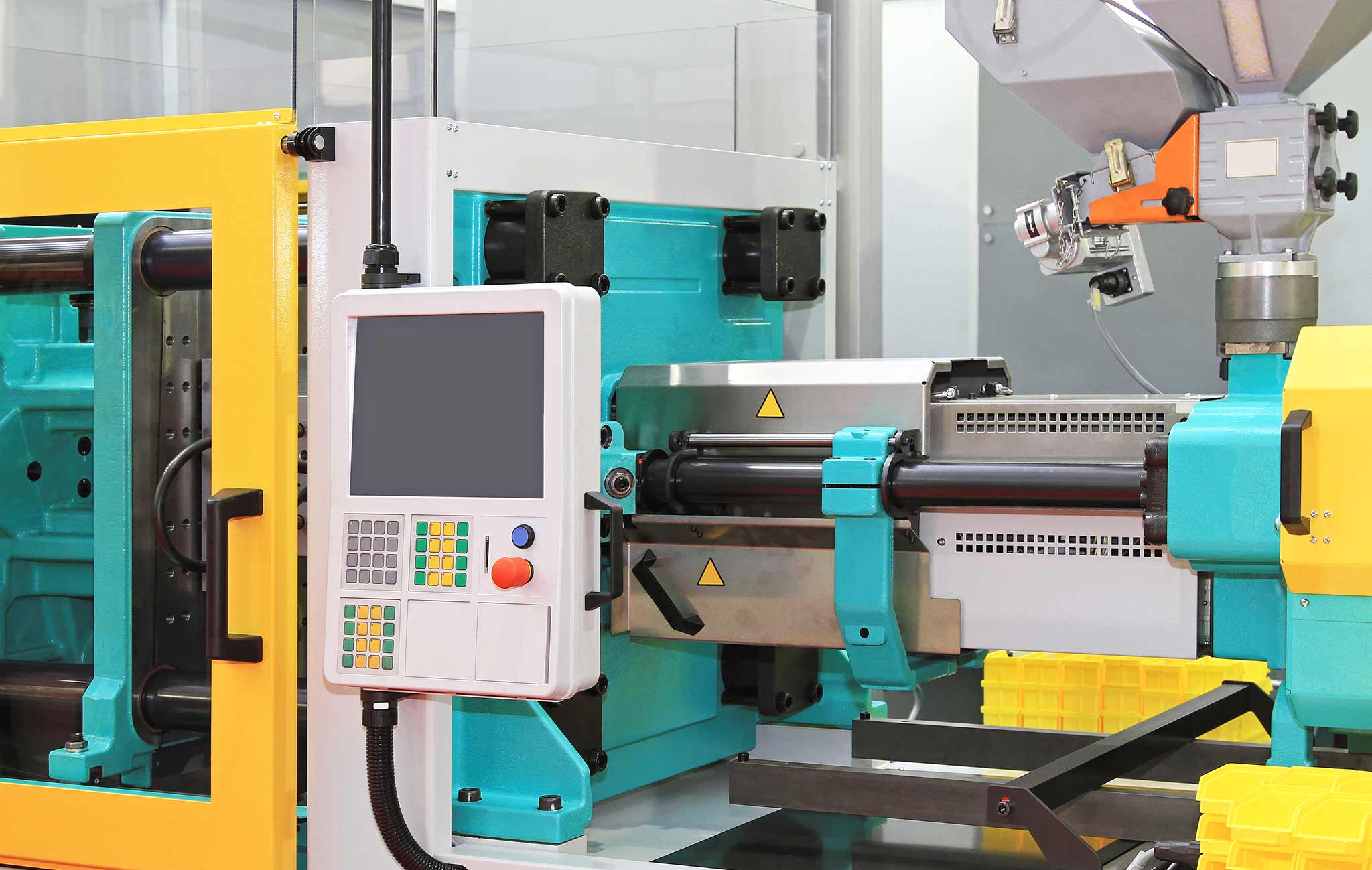Why choose injection moulding
Injection moulding is a highly versatile and widely used manufacturing process that has revolutionized the production of various products. It involves injecting molten material into a mould or cavity in the desired shape, allowing for the mass production of identical items with a high level of precision. This process has gained immense popularity due to its numerous advantages over other manufacturing methods.
1. Efficiency and Cost-Effectiveness
One of the main advantages of injection moulding is its efficiency in producing large quantities of products in a short span of time. The process can be fully automated, which reduces labour costs, and the moulds can be reused multiple times, resulting in significant cost savings. The high production rate of injection moulding makes it ideal for large-scale manufacturing and meeting tight deadlines.
Moreover, the precise control and measurement of the material used in injection moulding result in minimal wastage, reducing the overall production cost. This cost-effectiveness has made it a go-to choice for industries seeking to reduce their production costs without compromising on quality.
2. Versatility in Material Selection
Injection moulding offers the flexibility to use a wide range of materials, including plastics, metals, and glass. This process can produce parts with intricate designs and varied sizes, making it an ideal choice for a wide range of industries such as automotive, aerospace, medical, and consumer products. The use of different materials also gives manufacturers the option to choose the most suitable material for their products, based on characteristics like strength, durability, and cost.
3. Consistency and Precision
With injection moulding, the finished products have a high level of consistency and precision. This is due to the computer-controlled and automated process, which ensures that each product is identical to the other. This consistent quality is essential for industries that require exact dimensions and specifications for their products.
Additionally, the moulds used in injection moulding are made with high precision and can be customized as per the product’s design requirements. This makes it possible to produce complex and intricate parts with extreme accuracy, making injection moulding a popular choice for manufacturing high-quality products.
4. Reduced Post-Processing
Unlike other manufacturing processes, injection moulding requires minimal post-processing. The parts that come out of the mould have a finished appearance and require little or no further refinement. This saves both time and cost in the production process, making it an efficient and cost-effective option.
Moreover, the finished products of injection moulding are smooth and have a high-quality surface finish. This eliminates the need for painting or other finishing processes, which may be time-consuming and increase the overall production cost.
5. Design Flexibility
The design flexibility offered by injection moulding is perhaps one of its most significant advantages. This process allows manufacturers to create products with complex shapes and intricate details that would be difficult to achieve using other production methods. With 3D printing technology, the design possibilities are virtually limitless.
Furthermore, the moulds used in injection moulding can be easily modified or replaced, making it easier to adapt to changes in the product design. This allows for quick production turnaround times, making it ideal for industries with fast-changing product trends.
6. Environmentally Friendly
Injection moulding is an environmentally friendly process that results in minimal waste. The moulds used are designed to minimize material wastage, and any excess material can be reused in the production process. Additionally, many manufacturers are now using eco-friendly materials in injection moulding, making it a sustainable and environmentally responsible option.

The Advantages and Disadvantages of Injection Molding
Injection molding is a widely used manufacturing process in which molten material is injected into a mold, where it cools and solidifies into the desired shape. This process is used to produce a wide variety of products, from toys and household items to automotive parts and medical devices. While it offers many advantages, there are also some disadvantages to consider.
Advantages:
1. High Efficiency and Speed: Injection molding is a highly efficient and fast process, allowing for the production of large quantities of identical parts in a short period of time. Once the mold is set up, the injection molding machine can produce parts at a rate of one every few seconds.
2. Cost-effective: Injection molding can be a cost-effective manufacturing method, especially for large batch production. The initial tooling costs may be high, but the cost per part is significantly lower compared to other methods, making it a cost-effective option in the long run.
3. Versatility: Injection molding is a versatile process that can produce a wide range of products in different shapes, sizes, and materials. It allows for the use of various additives such as colorants, fillers, and reinforcing agents to customize the properties of the final product.
4. Complex Geometry: This process can produce parts with complex geometry and intricate details that are difficult to achieve with other manufacturing methods. The high precision and consistency of the process ensure that each part is identical to the next, making it ideal for applications that require precision and reliability.
5. Automation: Injection molding is a highly automated process, which means it requires minimal supervision and can be left running for extended periods. This results in increased productivity, reduced labor costs, and improved quality control.
6. Minimal Material Waste: The use of computer-aided design (CAD) and computer-aided manufacturing (CAM) software allows for precise control of the material flow, resulting in minimal material waste. This makes injection molding an environmentally friendly option.
Disadvantages:
1. High Initial Costs: The initial tooling costs for injection molding can be high, making it a prohibitively expensive option for small production runs. This can be a significant disadvantage for start-up companies and small businesses.
2. Design Restrictions: Certain design restrictions must be considered when designing parts for injection molding. For example, the part must have a uniform thickness to allow for proper flow of the molten material. This can limit the design options and may require the part to be redesigned to make it suitable for injection molding.
3. Lead Time: The design and manufacturing of the mold can take several weeks to months, depending on the complexity of the part. This can result in longer lead times, making it unsuitable for industries where quick turnaround is required.
4. Material Limitations: Injection molding is limited to certain types of materials, such as thermoplastics and thermosets. While these materials offer a wide range of properties, they may not be suitable for all applications. This limitation can be overcome by using other manufacturing methods such as casting or machining.
5. Maintenance Costs: The molds used in injection molding are subject to wear and tear, and they will eventually need to be replaced. The cost of maintenance and replacement can add up over time, making it a long-term expense to consider.
6. Part Size Limitations: Injection molding is limited to producing small to medium-sized parts. Larger parts may require a different manufacturing method, such as compression molding. This can be a disadvantage for industries that require large parts, such as the automotive industry.
How to solve the problems of deformation and loss in injection mold production?
To solve the problems of deformation and loss in injection mold production, one must carefully design and engineer the mold to ensure its structural integrity and proper cooling. Proper maintenance and regular inspections should also be conducted to identify any potential issues and address them before they become major problems. Additionally, using high-quality materials and precise injection molding techniques can help minimize the risk of deformation and loss. Lastly, continuously improving and optimizing the production process can help reduce waste and increase the efficiency and effectiveness of the mold.
Elite mold has been focus on plastic injection mold and molding serivce ever since its fundation. We have profesional engineering team which has more than 5 engineers who is good at plastic injection mold design,plastic injection molding process as well as metal stamping works. Sales team are thoughtful and good at understanding your idea and points,where help to make your work much eaiser.24*7 comminication service,whenever you need us,we are here for you. Since we have more than 5 reliable partner company do the manufacturing works for us,we always choose the more fitful one for your project.Morever,we stand at your position,practice strict quality inspection procedures.
FAQ:
01.What are the advantages of injection moulding in medical device manufacturing?
02.How does the mold opening method of injection moulding affect production efficiency?
03.Does injection moulding consider sustainability and environmental friendliness?
04.How does the cooling system in injection moulding affect production efficiency and product quality?
05.Does the design of injection moulding comply with specific industry standards and certifications?
06.What is the importance of selecting materials and surface treatments for molds in injection moulding?
07.Is injection moulding cost-effective for customization and small batch production?
08.Is injection moulding suitable for the manufacturing of high-precision and micro parts?
01.What are the advantages of injection moulding in medical device manufacturing?
Medical device injection moulding production time is faster, the cost of each component is lower, and medical grade plastic is used, making it an ideal choice for shells and casings.
Additionally, there are these advantages:
1. High precision: Compared with other molding technologies, injection molding has high precision in terms of tolerance and dimensional consistency.
2. Material consistency: Injection molding provides more uniform heating, cooling, and solidification, making medical device components more consistent.
3. Surface finish: The injection molding process can achieve high-quality surface finish, which is durable, wear-resistant, and suitable for harsh environments and medical applications.
4. Flexibility: Injection molding provides a high degree of flexibility, which can be used to manufacture components with complex geometric shapes, complex details, multiple cavities, different wall thicknesses, and support features.
5. Scalability: Injection molding makes it easier to expand or shrink production, which helps medical device manufacturers quickly respond to changes in demand.
02.How does the mold opening method of injection moulding affect production efficiency?
The injection moulding method affects production efficiency by determining the time required to open, close, and eject plastic products. If an automatic conversion fixture or robotic arm is used to quickly replace the mold in a short period of time, the production efficiency will be improved. In addition, if mold coolant is used, the circulation speed and the number of channels drilled into the mold will affect production efficiency.

03.Does injection moulding consider sustainability and environmental friendliness?
In response to global concerns, injection moulding is increasingly adopting sustainability and environmental friendliness. Elite Mold is prioritizing the use of recyclable and biodegradable materials to minimize waste in the production process and adopt energy-saving processes.
The development of environmentally friendly additives and bio based polymers helps to reduce the environmental impact of injection molding. In addition, the progress of material recycling closed-loop systems and the implementation of energy-saving technologies are in line with the industry's commitment to more sustainable and environmentally responsible manufacturing practices, making injection molding a conscientious choice for environmentally friendly production.
04.How does the cooling system in injection moulding affect production efficiency and product quality?
The cooling system in injection moulding plays a crucial role in production efficiency and product quality. Efficient cooling directly affects the entire cycle time, which is a key factor in production efficiency. A well-designed cooling channel in the mold helps to evenly cool the molten material and prevent uneven shrinkage, warping, or internal stress in the final product. In addition, an optimized cooling system helps to achieve the mechanical properties, dimensional accuracy, and surface finish required for formed parts, thereby ensuring high-quality final products.
05.Does the design of injection moulding comply with specific industry standards and certifications?
Yes, the design of injection moulding often adheres to specific industry standards and certifications to ensure the quality, safety, and compliance of the manufactured products. Different industries have their own set of standards and regulations governing aspects such as material selection, part geometry, tolerances, and production processes. Injection molding designs are often tailored to meet these industry-specific standards, which may include ISO standards, automotive industry standards (such as TS 16949), medical industry standards (like ISO 13485), and various other certifications based on the application. Elite Mold has also been following these industry standards.

06.What is the importance of selecting materials and surface treatments for molds in injection moulding?
The mold material must have high hardness, wear resistance, and thermal conductivity to withstand the harsh test of repeated forming cycles. The selection of materials, such as tool steel or pre hardened steel, can affect the service life and performance of the mold. Surface treatment, including coatings and finishes, can enhance wear resistance, reduce friction, and prevent corrosion, helping to extend mold durability and improve part quality. The correct selection of materials and surface treatment can not only ensure the lifespan and reliability of the mold, but also affect the final appearance and performance of injection molded products, making them key considerations for successful and cost-effective injection moulding operations.
07.Is injection moulding cost-effective for customization and small batch production?
Injection moulding is efficient and cost-effective in scale, but it can also be used for customization and small batch production. The upfront cost of mold manufacturing makes it less suitable for very small runs, but once the mold is completed, the unit cost will be significantly reduced, making it more cost-effective in terms of quantity. Advanced technologies such as rapid tooling and 3D printing of molds have reduced initial costs, making injection molding easier to customize and smaller production runs. The versatility of injection molding in handling various materials and complex designs further supports its applicability in customization and small batch manufacturing, especially when quality and precision are the primary considerations.
08.Is injection moulding suitable for the manufacturing of high-precision and micro parts?
Of course, injection molding is suitable for the manufacturing of high-precision and micro parts. The process offers exceptional repeatability and precision, allowing for tight tolerances and intricate geometries. Modern injection molding machines, equipped with advanced control systems and precision tools, can produce small and intricate components with remarkable accuracy. The ability to control variables such as temperature, pressure, and injection speed enables the production of micro-sized parts with consistency and reliability. This makes injection molding a preferred method for applications in industries such as medical devices, electronics, and automotive, where the demand for high-precision and micro-sized components is prevalent.
Related news
Our Certificates
By co-operating with Elite Mold, you have selected one of the most reliable ISO 9001 certified plastic mold manufacturer, Elite Mold as a plastic injection mold manufacturer specializing in plastic injection mold and supplying plastic injection molding services for plastic mold design, prototype makings, mold flow analysis, precise machining, OEM services, ODM services and so on, building custom plastic injection molding. We are committed to enhance the Process optimized and quality of service, shorten lead time and assist in lowering inventory, by providing new products every year to bring in continuous and higher profits for our clients. The ability to produce mold at the International standard, strong engineering and mold design capability, aggressive delivery, competitive pricing and business integrity continues to be the success factor of Elite Mold.










